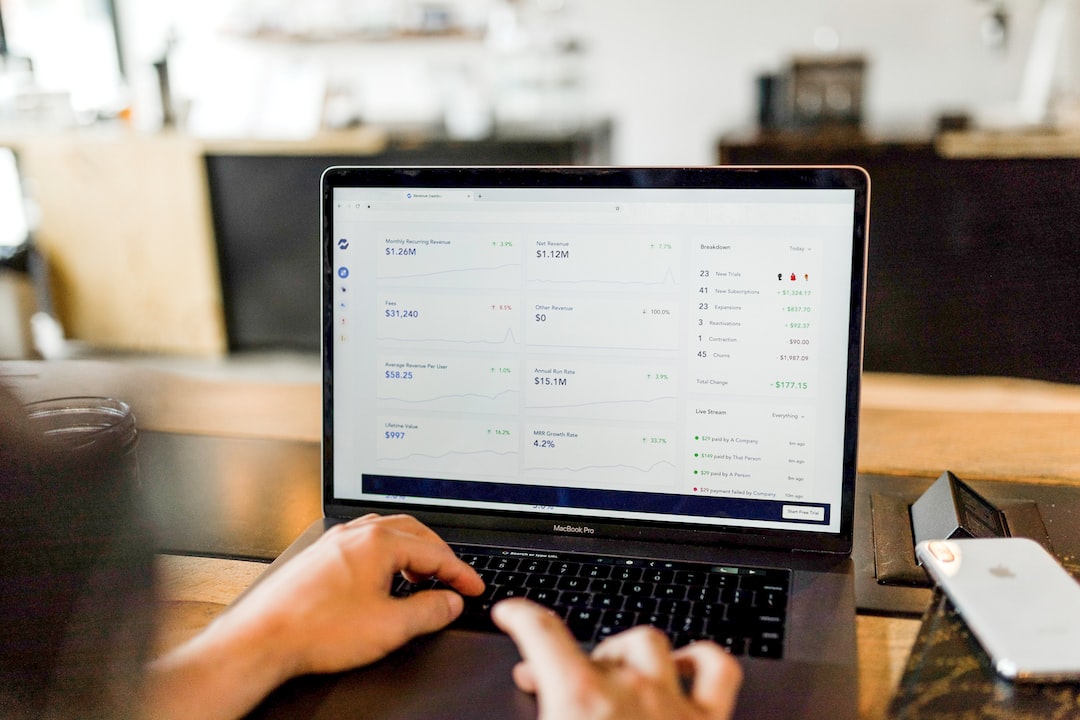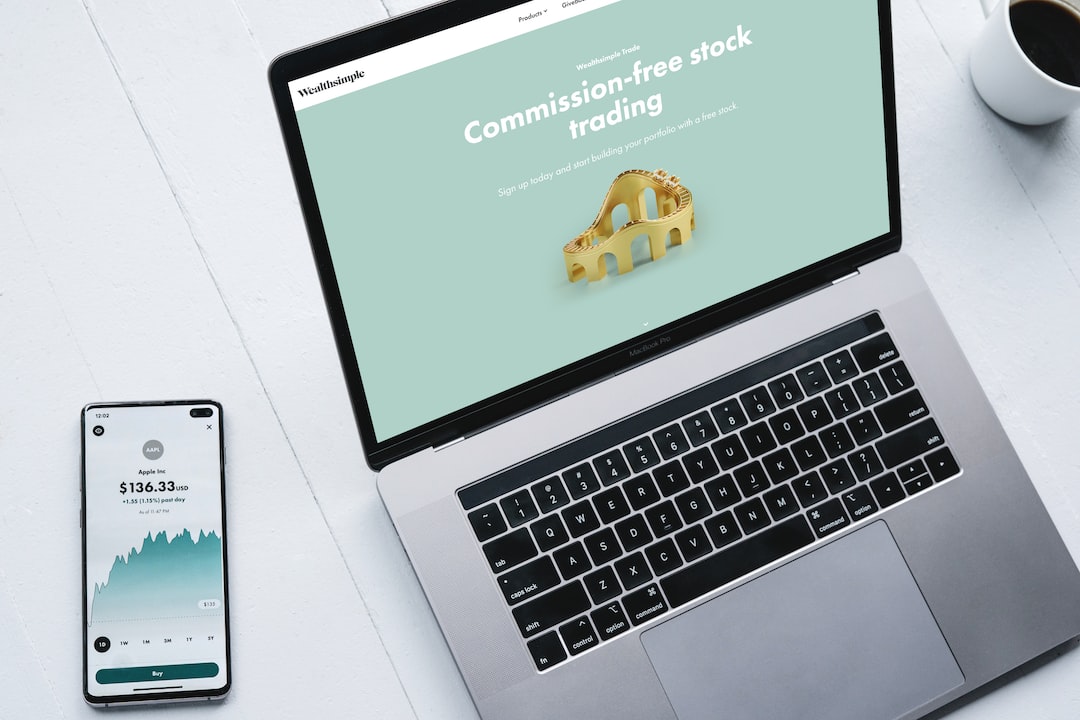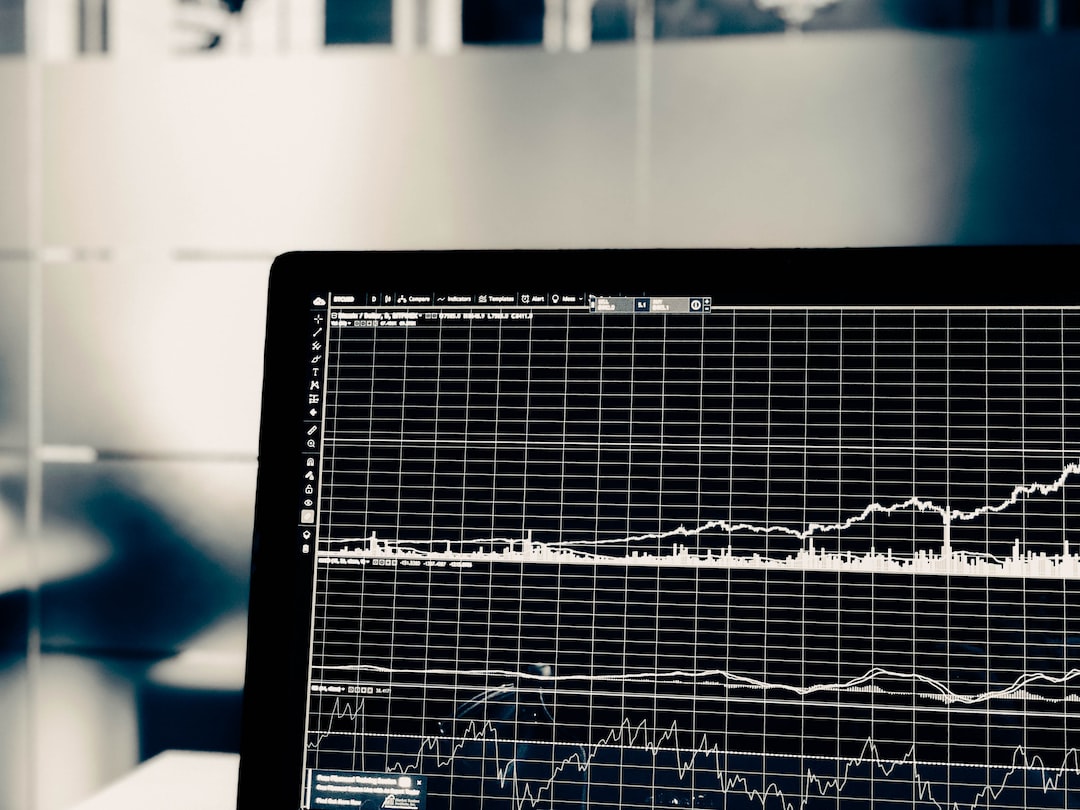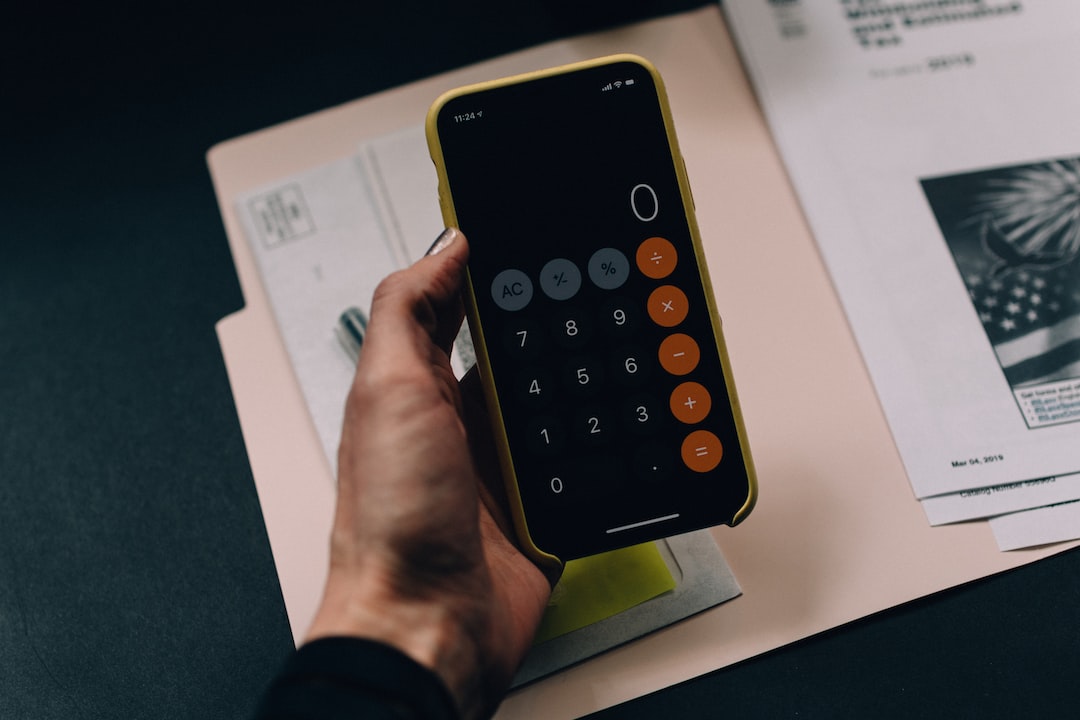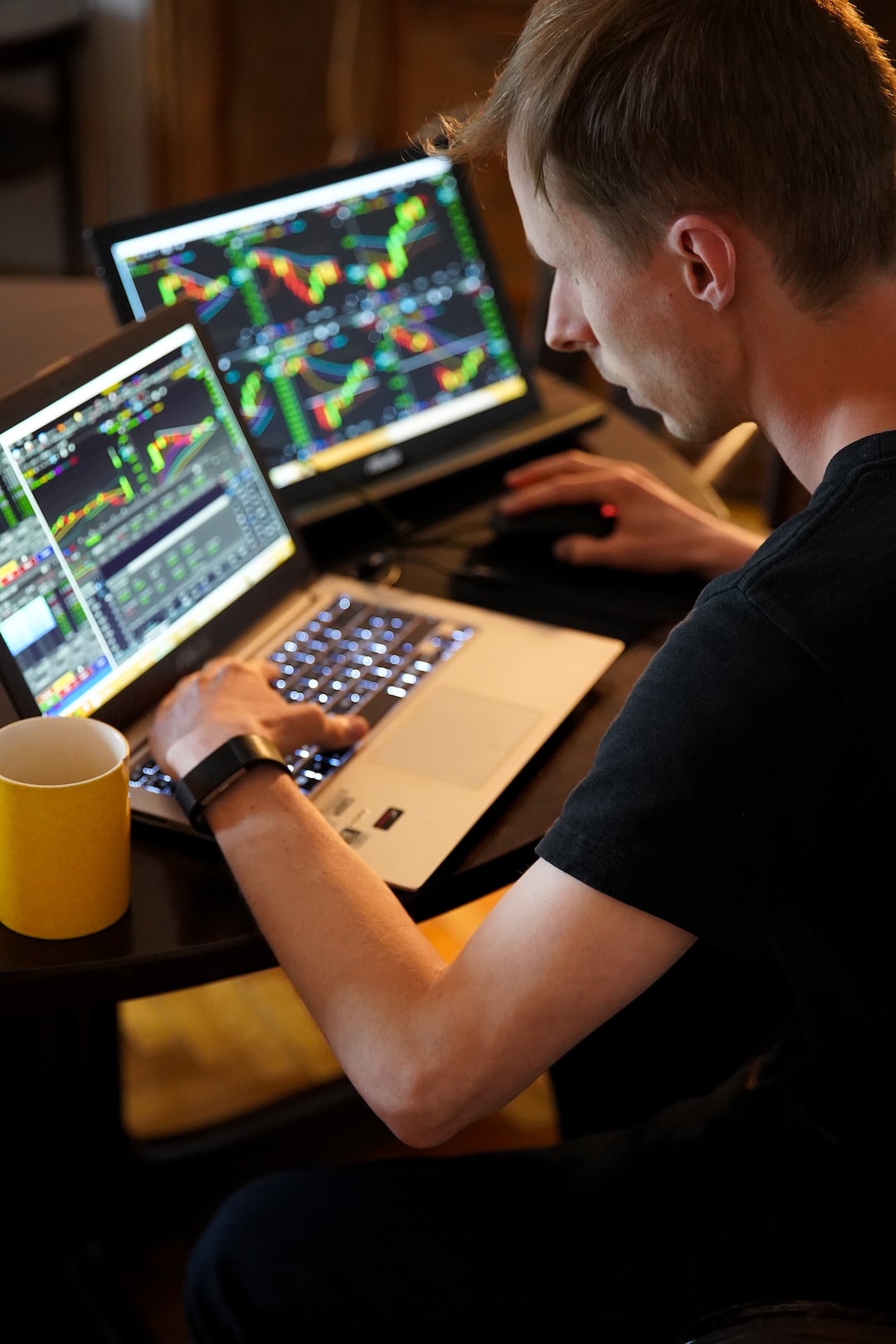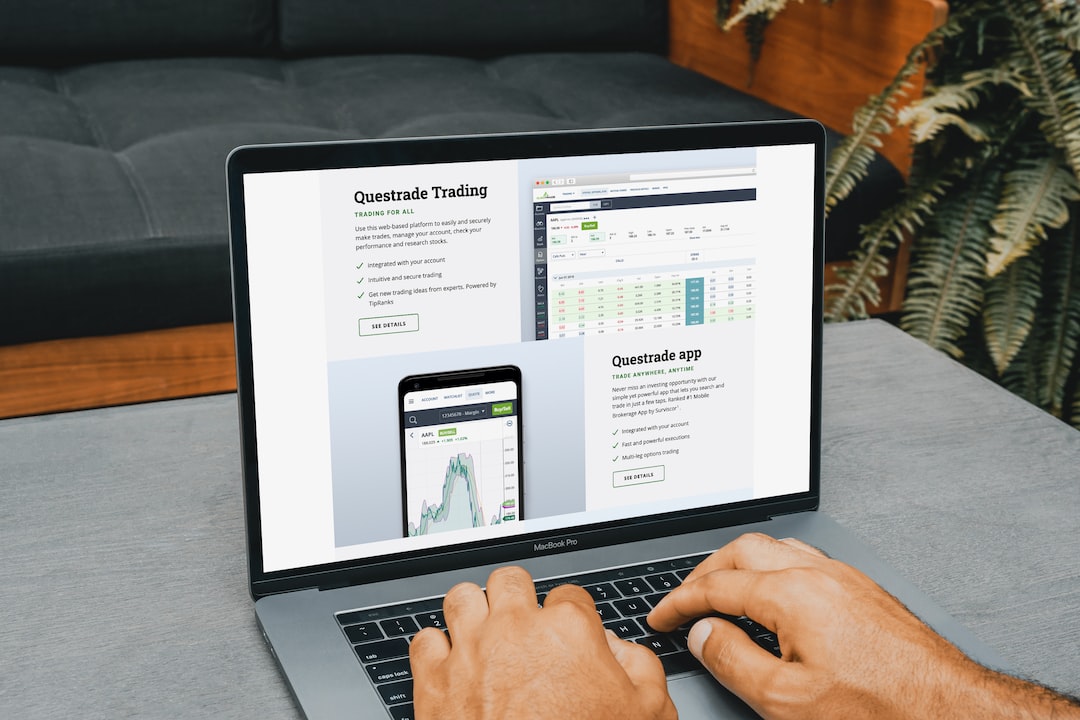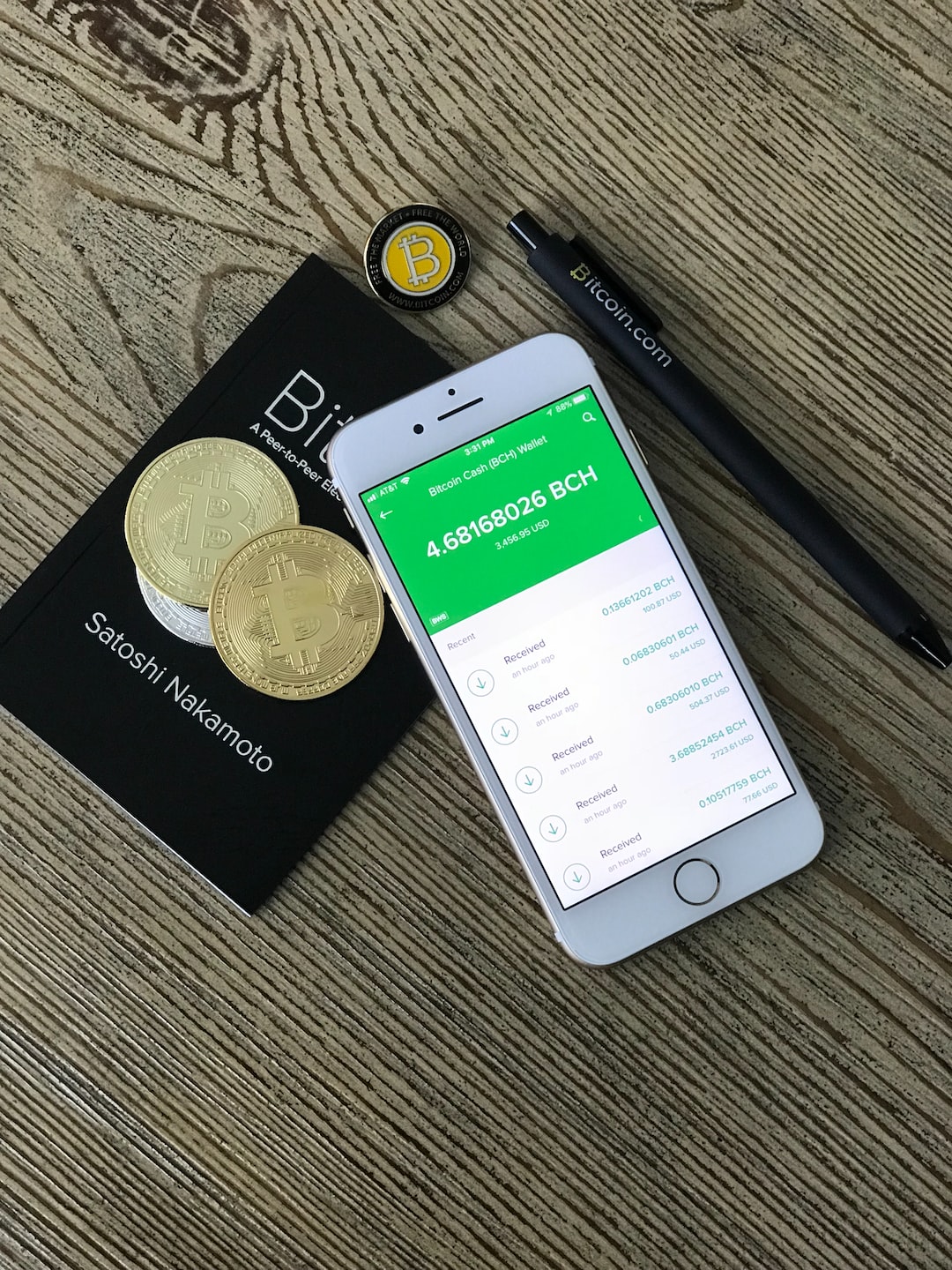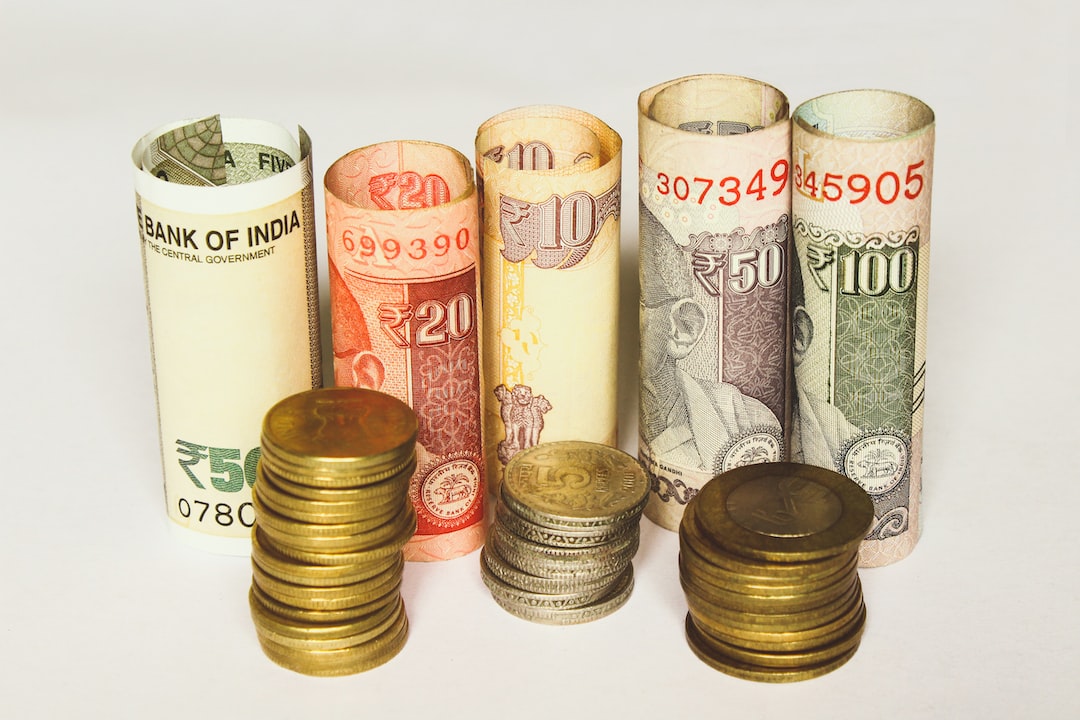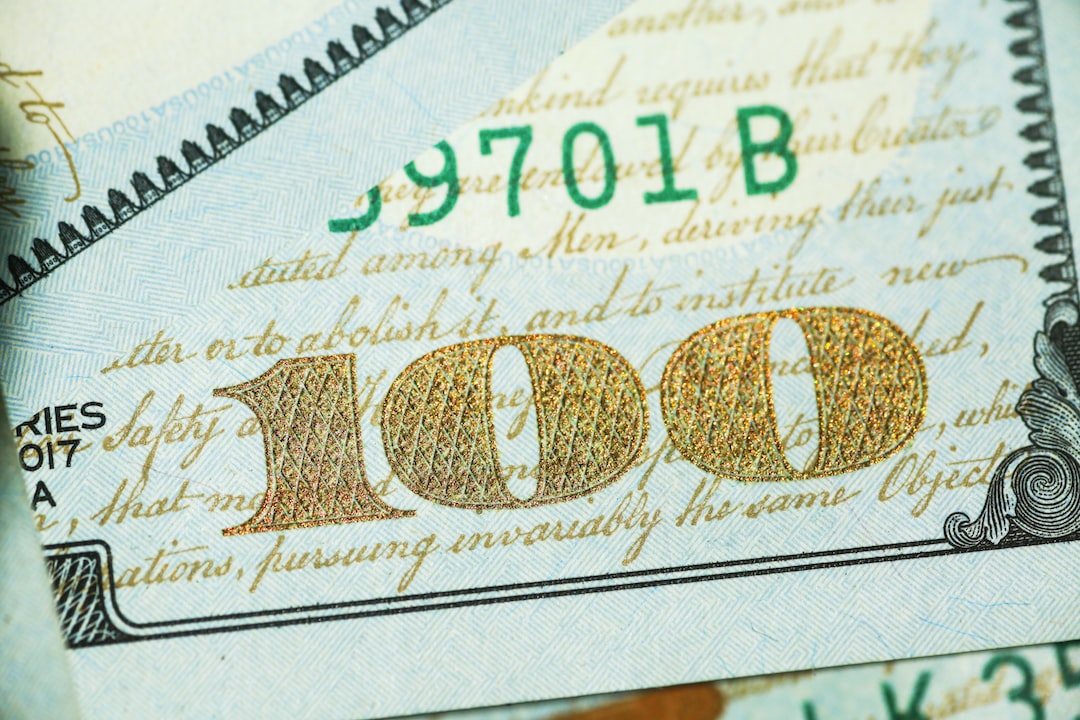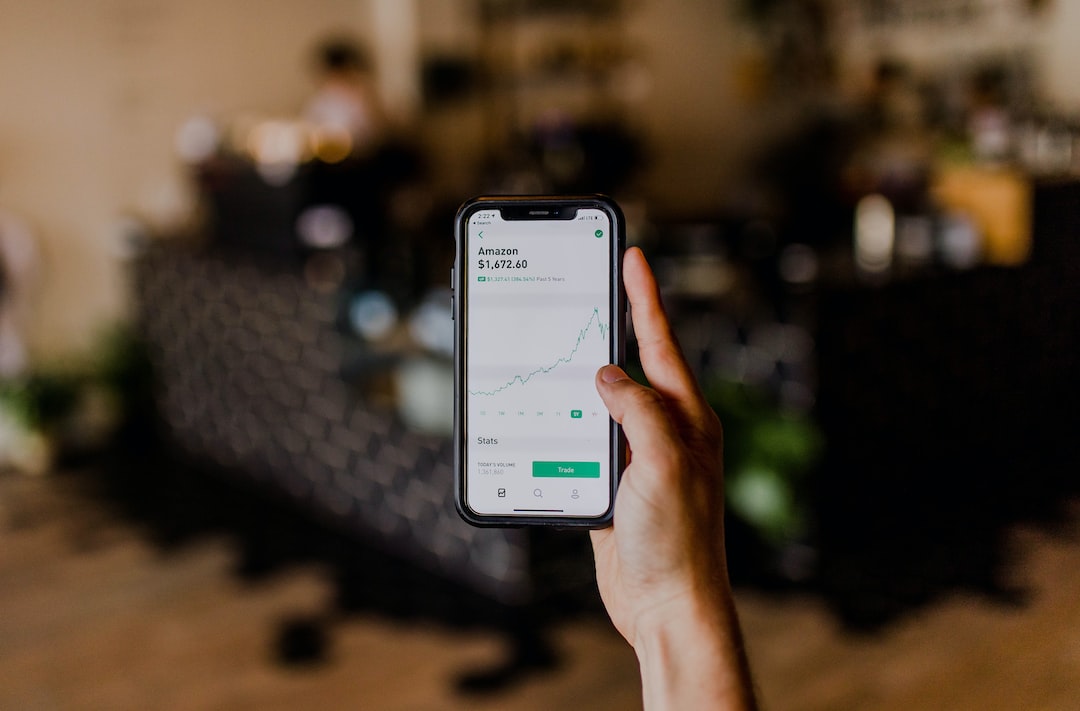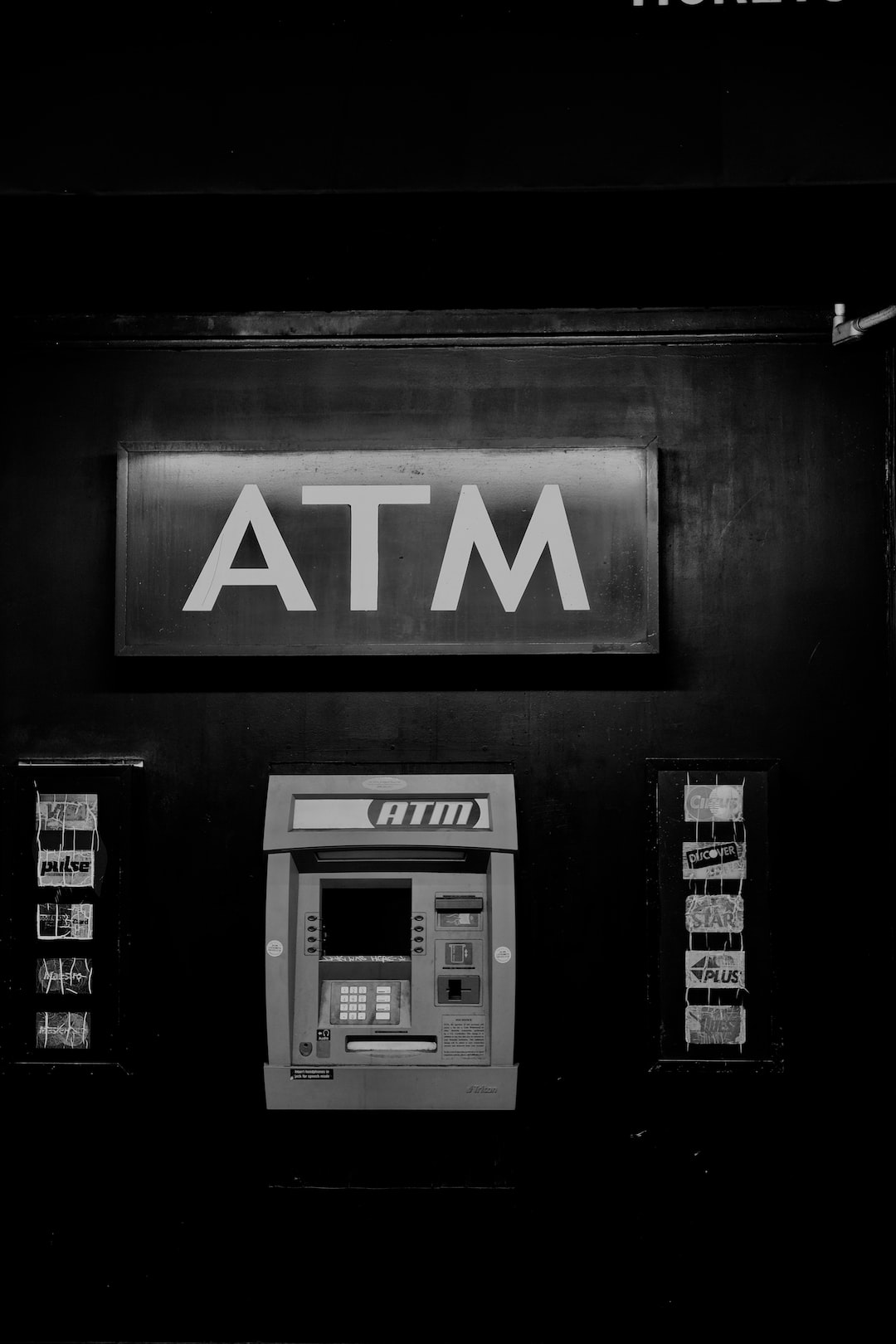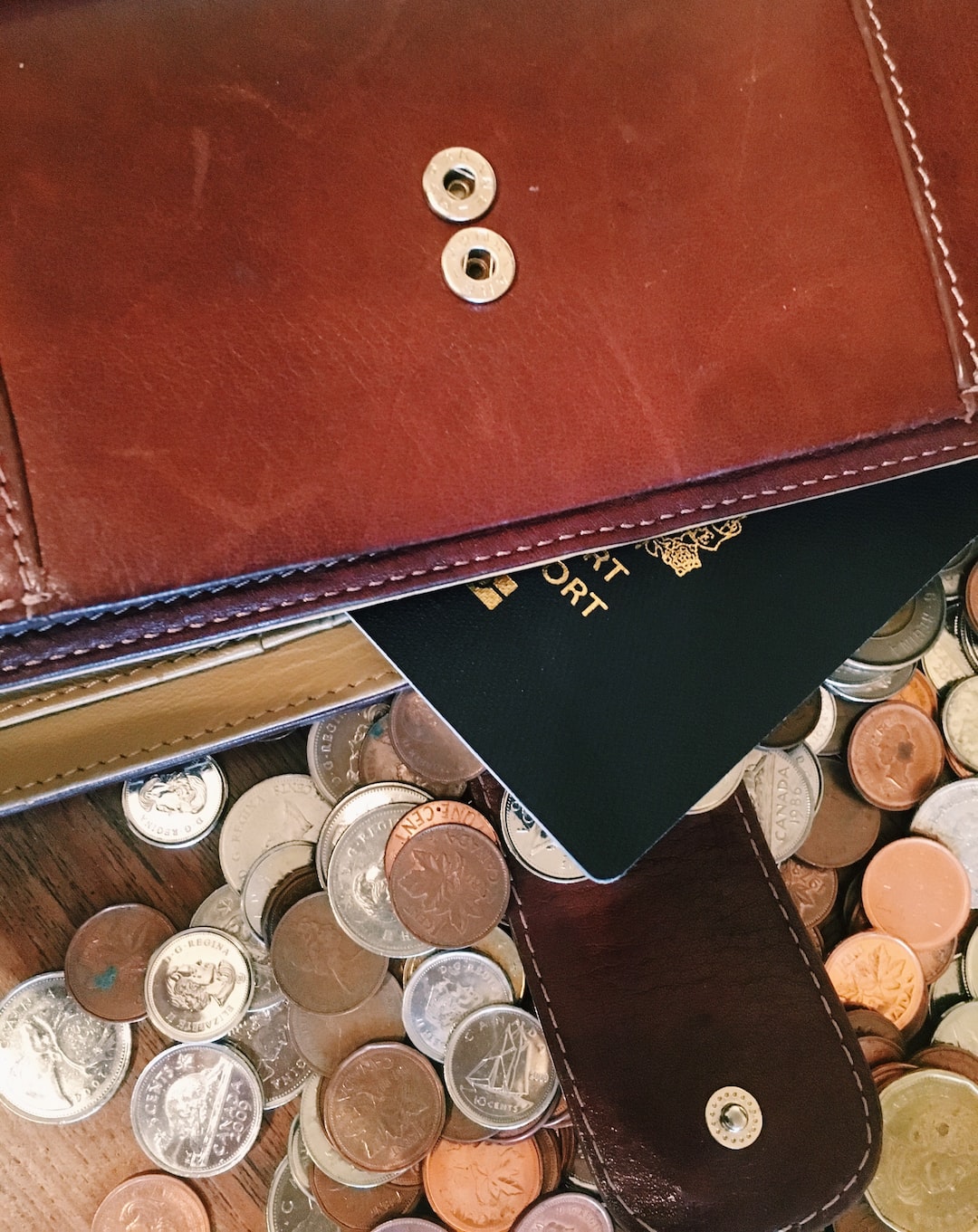Maximizing Profits with a Dynamic Forex Watchlist: Tips and Tricks
Forex trading can be an exciting and potentially profitable venture, but it requires careful planning and execution. One of the most important tools that a trader can have in their arsenal is a dynamic forex watchlist. A watchlist is a list of currency pairs that a trader monitors closely to identify potential trading opportunities. In this article, we will explore the importance of a dynamic forex watchlist and provide some tips and tricks to help traders maximize their profits.
What is a Forex Watchlist?
A forex watchlist is a collection of currency pairs that traders monitor regularly to identify trading opportunities. It typically includes the major currency pairs such as EUR/USD, GBP/USD, USD/JPY, and USD/CHF, as well as some minor and exotic currency pairs. Traders use their watchlist to keep track of price movements, news events, and technical indicators that may impact the currency pairs they are interested in.
Why is a Dynamic Forex Watchlist Important?
A dynamic forex watchlist is crucial for several reasons. Firstly, it helps traders stay focused on the currency pairs that they are most familiar with. By narrowing down their focus to a select few pairs, traders can develop a deeper understanding of their behavior and market dynamics. This can lead to more accurate predictions and better trading decisions.
Secondly, a dynamic watchlist allows traders to stay updated with the latest market developments. Forex markets are influenced by a wide range of factors including economic data releases, geopolitical events, and central bank decisions. By monitoring their watchlist, traders can quickly identify and react to news that may impact their chosen currency pairs.
Tips and Tricks for Maximizing Profits with a Dynamic Forex Watchlist
1. Choose Currency Pairs Based on Your Trading Strategy
When creating a dynamic forex watchlist, it is important to choose currency pairs that align with your trading strategy. For example, if you are a trend follower, you may want to focus on currency pairs that exhibit clear and sustained trends. On the other hand, if you prefer range trading, you may want to include currency pairs that tend to move within a specific price range.
2. Monitor Multiple Timeframes
To get a comprehensive view of the market, it is important to monitor multiple timeframes for each currency pair in your watchlist. This will help you identify both short-term and long-term trends, as well as potential support and resistance levels. By analyzing multiple timeframes, you can make better-informed trading decisions.
3. Use Technical Analysis Tools
Technical analysis tools such as trendlines, support and resistance levels, and indicators can provide valuable insights into market trends and price movements. Incorporating these tools into your analysis can help you identify potential entry and exit points, as well as determine the strength of a trend. Experiment with different technical analysis tools to find the ones that work best for you.
4. Stay Updated with Economic Calendar
Economic data releases can have a significant impact on currency pairs. Make sure to include an economic calendar in your trading routine to stay updated with important announcements such as interest rate decisions, employment data, and GDP figures. By being aware of upcoming events, you can adjust your trading strategy accordingly and avoid unexpected market movements.
5. Regularly Review and Update Your Watchlist
Forex markets are dynamic and constantly evolving. It is important to regularly review and update your watchlist to ensure that it reflects the current market conditions. Remove currency pairs that are no longer relevant or have become too volatile, and add new pairs that show potential for profitable trading opportunities.
In conclusion, a dynamic forex watchlist is a powerful tool for maximizing profits in the forex market. By carefully selecting currency pairs based on your trading strategy, monitoring multiple timeframes, using technical analysis tools, staying updated with economic events, and regularly reviewing and updating your watchlist, you can increase your chances of making profitable trades. Remember, trading is a skill that requires practice and continuous learning, so take the time to develop and refine your watchlist to suit your individual trading style.








